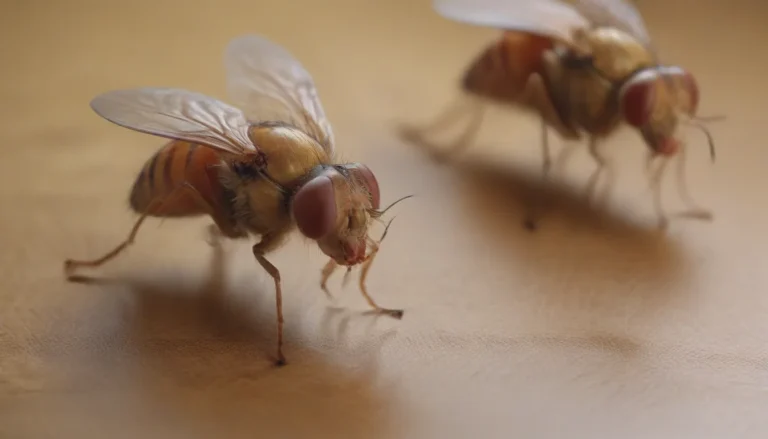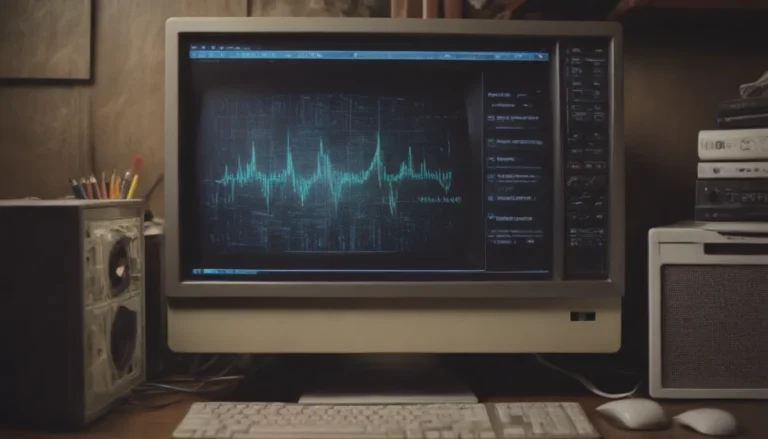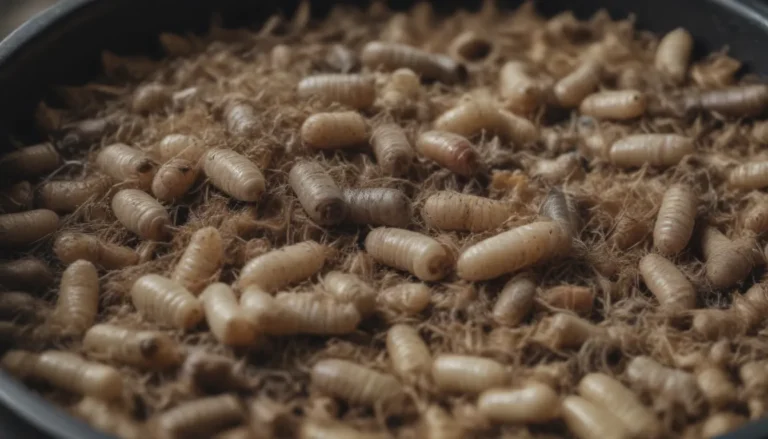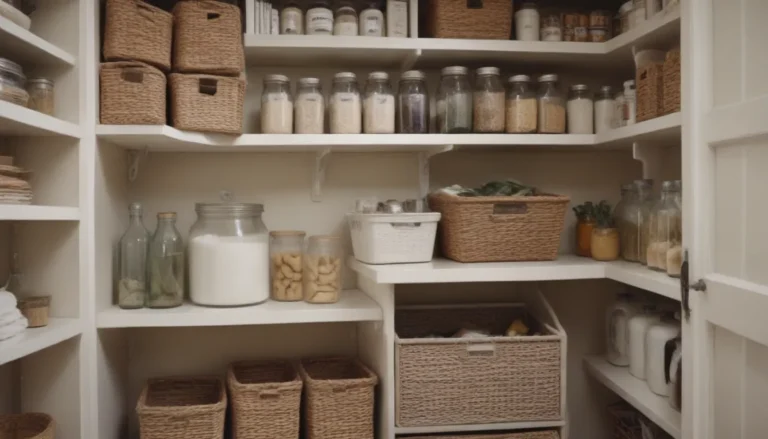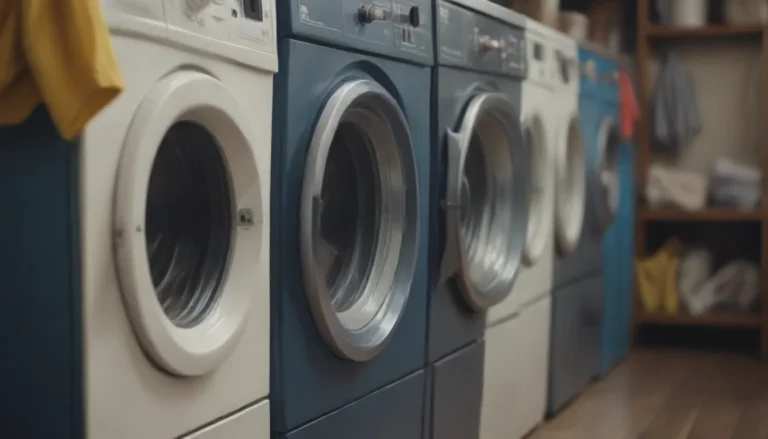The Ultimate Guide to Dryer Vents: A Comprehensive Overview

Welcome to our comprehensive guide to dryer vents. In this extensive article, we will cover everything you need to know about dryer vents, including the different types available, how they work, and essential maintenance tips to keep your dryer running efficiently and safely. Whether you’re a seasoned homeowner or a first-time renter, understanding the ins and outs of dryer vents is essential for the well-being of your home.
What is a Dryer Vent?
A dryer vent is a crucial component of your clothes dryer that removes moisture from your laundry and directs it outside of your home. Without a properly functioning dryer vent, your clothes won’t dry effectively, and there is a higher risk of fire. By understanding how a dryer vent works and ensuring it is installed correctly, you can prevent potential hazards and keep your dryer running smoothly.
Ventless Dryers: A Modern Option
Ventless dryers are becoming increasingly popular due to their ability to condense moisture back into liquid water, either collecting it in a bin or sending it into the home’s drainage system. While ventless dryers may take longer to dry clothes, many users report that their laundry feels softer. Consider this option if you are looking for a convenient and efficient alternative to traditional vented dryers.
How a Dryer Vent Works
Clothes dryers operate by tumbling wet clothing in heated air within a rotating drum. This heated air evaporates the moisture, picks it up, and is then expelled from the dryer through a vent. The vent carries the moist air from the dryer to the exterior of your home, ensuring that excess moisture does not accumulate indoors.
Types of Dryer Vents
There are several types of dryer vents available, each with its own benefits and considerations. Understanding the differences between these vents can help you choose the best option for your home.
- Aluminum Foil Duct:
- Inexpensive and easy to find.
- Coiled metal wire gives these ducts their cylindrical shape.
-
Best for saving money and widely available in large home centers.
-
Semi-Rigid Metal Duct:
- Accordion-style flexible metal tube that is less prone to crushing.
-
Ideal for preventing lint clogs in the duct.
-
Rigid Metal Duct:
- The only dryer vent that can be installed within a wall.
-
Smooth interior design encourages airflow and lint removal.
-
Slim Duct or Periscope:
- Allows you to push the dryer back close to the wall.
-
Keeps the dryer venting nearly invisible.
-
Vinyl Vent:
- No longer recommended due to fire hazards.
- Considered outdated and may be illegal in some areas.
By selecting the right type of dryer vent for your home, you can ensure efficient airflow and reduce the risk of lint buildup and potential fire hazards.
How to Clean a Dryer Vent
Regularly cleaning your dryer vent is essential for preventing fires and maintaining the efficiency of your dryer. Here are the steps to clean your dryer vent effectively:
- Unplug the Dryer and Detach Tube: Start by unplugging the dryer and detaching the tube that runs from the dryer to the house.
- Clear Out the Tube: Use a vacuum to remove all lint and debris from the tube. If necessary, consider replacing the tube for optimal airflow.
- Clean the Vent and Filter: Use a vacuum to clean the vent leading out of the dryer and the vent cap assembly attached to the house. Don’t forget to clean the dryer’s lint filter.
- Replace All Items: Put all the pieces back together, and your dryer will be ready for another year of use.
Warning: Venting Inside vs. Outside
Venting your dryer inside can lead to condensation buildup, promoting mold growth and potentially releasing pollutants into the air. If you have a gas dryer, venting inside can also pose a carbon monoxide risk. Always ensure your dryer vents outside to maintain a safe and healthy indoor environment.
How to Install a Dryer Vent
Installing a dryer vent is a simple project that can be accomplished with the right tools and materials. By following these steps, you can ensure that your dryer operates efficiently and safely:
- Purchase a Dryer Vent Kit: Buy a complete dryer vent kit that includes all the necessary components.
- Cut a Hole in the Wall: Use a jigsaw, multi-tool, or reciprocating saw to cut a hole in the side of your house for the vent.
- Connect the Vent and Tube: Attach the vent and tube to the dryer, ensuring a secure and airtight connection.
By installing your dryer vent correctly, you can prevent airflow restrictions and maintain optimal performance for your dryer.
Dryer Vent Repair and Maintenance
Regular maintenance of your dryer vent can prevent common problems and ensure the longevity of your appliance. Here are some tips for repairing and caring for your dryer vent:
- Tube Detaches From Dryer: If the dryer duct tube detaches, reattach it using new clips to prevent hot, moist air from leaking into your home.
- Punctured Dryer Vent Tube: Patch small holes in the vent tube with aluminum foil tape. Replace the tube if there are multiple punctures or large holes.
- Dirty or Clogged Vent Tube: Clean out lint and debris from the dryer duct tube regularly to prevent blockages and airflow restrictions.
- Vermin in Dryer Tube: Keep pests out of your home by inspecting and securing the louvered vent exit outside your home.
- Cold Air Coming in Through Dryer Vent: Prevent cold air infiltration by ensuring that the flaps on the vent line are closed when the dryer is not in use.
By addressing common issues promptly and maintaining your dryer vent, you can avoid costly repairs and potential safety hazards.
Dryer Vent Safety Tips
To ensure the safety and efficiency of your dryer vent system, follow these essential safety tips:
- Clean the Lint Trap: Empty the lint trap after every use to prevent lint buildup and potential fire hazards.
- Avoid Running the Dryer Unattended: Stay home while the dryer is in use to monitor its operation and address any issues promptly.
- Annual Vent Cleaning: Clean your dryer vent at least once a year to prevent lint buildup and airflow restrictions.
- Vent Placement: Opt for horizontal venting to minimize condensation buildup and reduce the risk of fire.
- Avoid Bends: Minimize bends in the dryer vent to maintain optimal airflow and prevent lint accumulation.
By incorporating these safety tips into your dryer maintenance routine, you can protect your home and family from potential fire hazards and ensure the efficient operation of your dryer.
In conclusion, maintaining a clean and functional dryer vent is essential for the safety and efficiency of your clothes dryer. By understanding the different types of dryer vents, how they work, and essential maintenance tips, you can ensure that your dryer operates smoothly and safely. Remember to clean your dryer vent regularly, install it correctly, and address any issues promptly to prevent potential hazards and keep your home safe. With proper care and maintenance, your dryer vent can continue to provide reliable performance for years to come.
